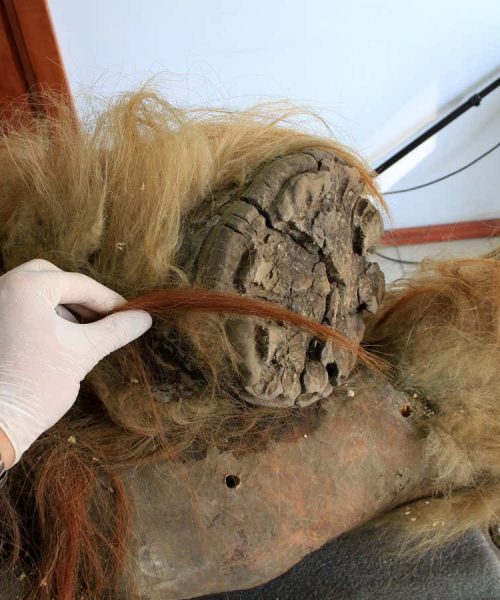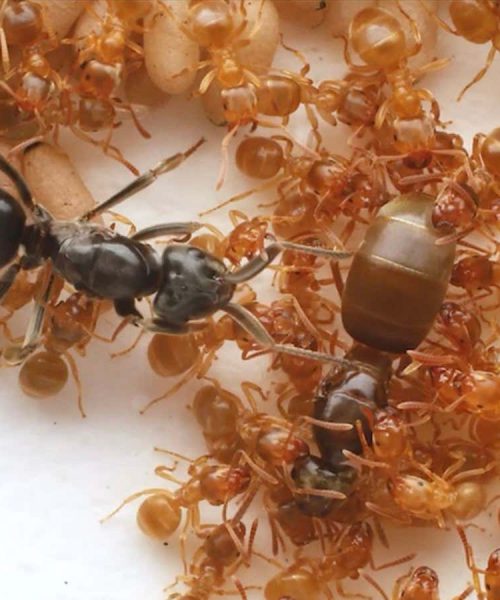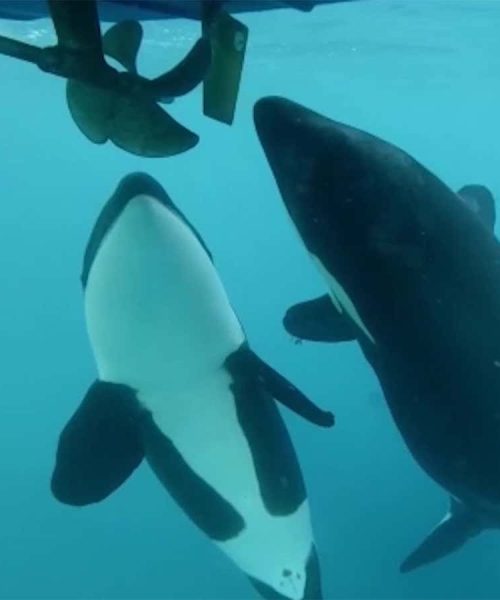
Herbicide-resistant pigweed is a growing problem for farmers
Design Pics Inc / Alamy Stock Photo
A gene drive – a bit of DNA that cheats evolution and can spread even if harmful – has been successfully tested in a plant for the first time. The approach could be used to wipe out invasive plants and superweeds without harming other species, so could therefore reduce the use of herbicides. It could also help save species by spreading genes that make them resistant to diseases or more able to cope with global warming.
Gene drives work by skewing the odds of an organism inheriting a piece of DNA. Most plants and animals have two copies of each gene, meaning there is usually a 50 per cent chance of a particular copy being passed on to offspring. A gene drive could raise that chance to, say, 80 per cent, allowing the genes to spread even if they are detrimental.
Advertisement
There are many natural gene drives that work via a wide variety of mechanisms. In 2013, the CRISPR gene-editing technique was used to create the first artificial gene drive.
It copies itself from one chromosome to the other, meaning all offspring will inherit it. This approach is called a homing gene drive, because the drive copies itself to a specific site.
Bruce Hay at the California Institute of Technology and his colleagues have taken a different approach, called cleave and rescue. The gene drive consists of CRISPR elements that target and destroy both copies of a key gene needed for pollen and eggs to form. However, the drive also contains a working version of this gene that doesn’t get destroyed.
This means pollen and eggs that don’t inherit the gene drive lack the key gene and don’t develop. Only pollen and eggs with the gene drive develop normally, so all offspring inherit it.
The cleave-and-rescue approach is more robust than a homing drive because destroying genes is much easier than copying and pasting them, says Hay. It should work in all animals as well as plants, he says, and could be used to eliminate mice and rats from islands where they are wiping out native species.
Hay’s team has tested a working version of this drive – designed only to spread, not to kill – in the thale cress Arabidopsis thaliana. Another team, led by Yang Liu at the Chinese Academy of Sciences in Beijing, has also posted a paper describing a similar gene drive in plants, but that approach isn’t as powerful, says Hay.
He and his team now plan to test their drive in pigweed (Amaranthus palmeri), a herbicide-resistant superweed that is a growing problem for farmers in many parts of the world. “It’s a poster child for acquiring broad resistance to all existing herbicides,” says Hay.
What’s more, the technology could be adapted to control weeds without spreading indefinitely. For instance, it could be used to create male plants whose pollen kills off any female offspring. Planting these male plants around farms each year would eliminate that weed species from the fields after a few years by blocking seed production.
“That would ultimately crash the entire local population, but not the global population, just by eliminating females,” says Hay. However, this female-killing trait would die out if no more male plants with it were planted.
This approach is much more likely to be approved by regulators than a gene drive that keeps spreading until resistance evolves, says Hay. In fact, a similar approach is already being used by a company called Oxitec to control malaria-carrying mosquitoes in several countries.
However, Paul Neve at the University of Copenhagen in Denmark is doubtful about whether regulators will approve the use of gene drives for weed control. “I think that the chances of getting approval to release gene drives for agricultural application are currently remote. Healthcare and biodiversity conservation may be an easier sell,” he says.
Another major problem is that plants usually produce one generation per year and it can take 10 to 30 generations for drives to spread widely, says Neve. “How do you get a gene drive to spread fast enough to deliver meaningful weed control in a realistic time frame?”
Topics:





